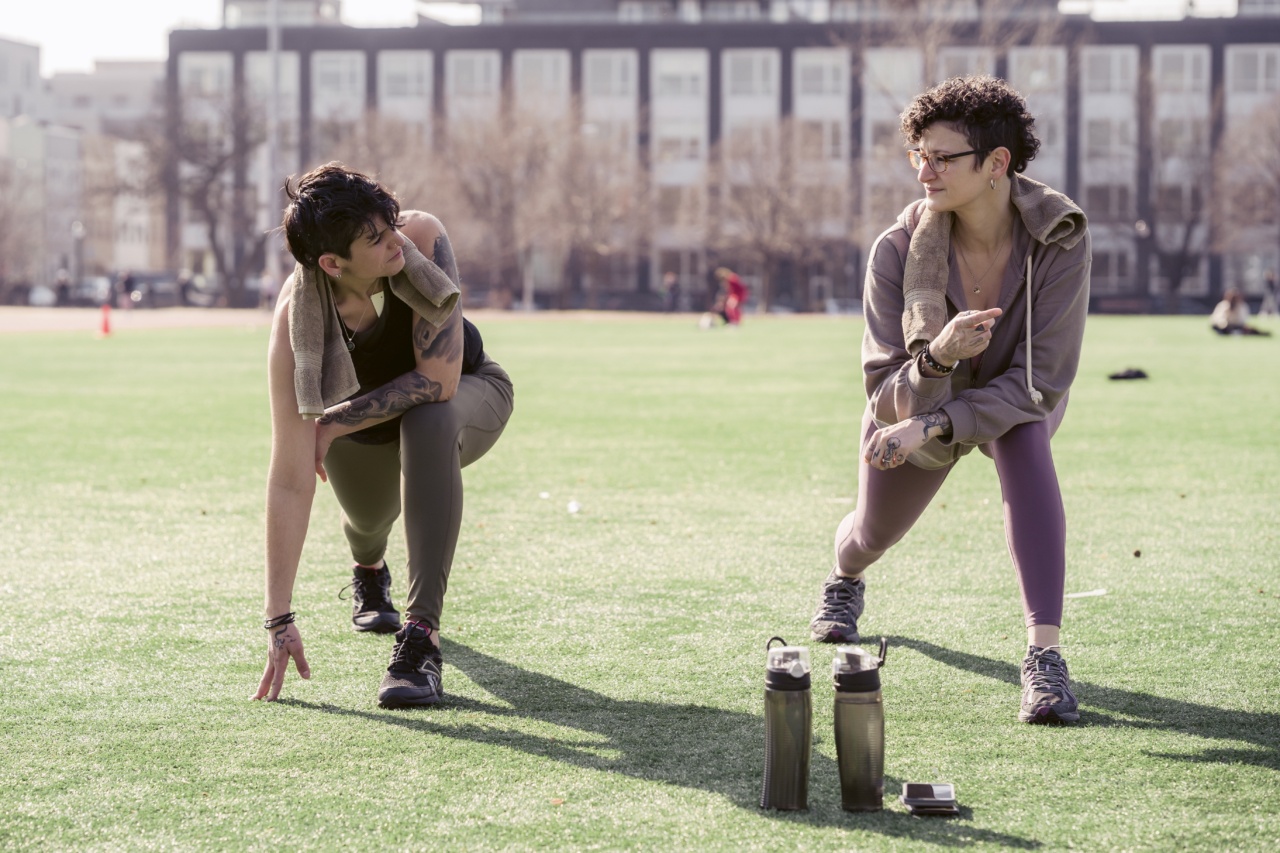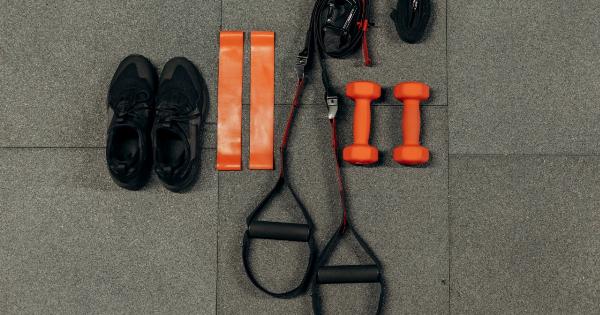As we age, it becomes increasingly important to prioritize our health and well-being.
Regular exercise is crucial for maintaining good health, especially in our 60s, as it can help to prevent a range of age-related chronic conditions, boost mental health, and enhance overall quality of life. Engaging in regular physical activity can provide numerous benefits for seniors, including increased flexibility, improved cardiovascular health, and enhanced bone density.
In this article, we will explore the importance of exercise for good health in your 60s and provide some key tips and recommendations to help you get started on your fitness journey.
The benefits of exercise for seniors
Regular exercise offers a wide array of benefits for individuals in their 60s and beyond. Here are some of the key advantages:.
1. Maintaining a healthy weight
As we age, our metabolism tends to slow down, making weight management a challenge.
Regular physical activity can help to counteract this by increasing calorie expenditure and maintaining muscle mass, which is essential for keeping the metabolism active. Engaging in activities such as walking, swimming, or cycling can be excellent options for maintaining a healthy weight and reducing the risk of obesity-related diseases.
2. Enhancing cardiovascular health
Heart disease is a leading cause of death for individuals over 60. Exercise can play a crucial role in maintaining cardiovascular health by reducing the risk factors associated with heart disease, such as high blood pressure and high cholesterol levels.
Engaging in aerobic activities like jogging, dancing, or participating in group fitness classes can strengthen the heart muscle, improve blood circulation, and lower the risk of heart-related issues.
3. Improving bone density
Osteoporosis, a condition characterized by weak and brittle bones, is prevalent among older adults, especially women.
Regular weight-bearing exercises, such as lifting weights or doing resistance training, can help to improve bone density, reduce the risk of fractures, and maintain overall bone health.
4. Enhancing balance and preventing falls
Falls are a common concern for seniors and can lead to severe injuries and complications. Engaging in exercises that focus on balance, such as yoga or tai chi, can improve stability and coordination, reducing the risk of falls.
It is essential to build strong core muscles, as they play a crucial role in maintaining balance and stability.
5. Boosting mental well-being
Regular exercise is not only beneficial for physical health but also has a positive impact on mental well-being.
Exercise stimulates the release of endorphins, also known as “feel-good” hormones, which can help to reduce feelings of anxiety, stress, and depression. Physical activities like brisk walking, swimming, or dancing can boost mood, improve cognitive function, and promote better sleep patterns.
Tips for exercising in your 60s
Before starting any exercise program, it is essential to consult with your healthcare provider, especially if you have any pre-existing medical conditions or concerns. Here are some helpful tips to consider when exercising in your 60s:.
1. Choose low-impact exercises
Opt for exercises that are gentle on the joints and muscles. Low-impact activities like walking, swimming, and cycling can provide excellent cardiovascular benefits without putting excessive stress on your body.
2. Include strength training
Incorporate strength training exercises into your routine to maintain muscle mass and overall functionality. Use light weights or resistance bands and focus on all major muscle groups. Start slowly and gradually increase the intensity as you progress.
3. Warm up and cool down
Prioritize warm-up exercises to prepare your muscles and joints for the workout and prevent injuries. Cooling down with some stretches at the end of your exercise session can help reduce muscle soreness and promote flexibility.
4. Listen to your body
Pay attention to your body’s cues and modify exercises as needed. If you experience pain or discomfort during a particular movement, adjust or avoid it altogether.
It is important to engage in activities that are suitable for your fitness level and capabilities.
5. Stay hydrated
Drink plenty of water before, during, and after your workouts to stay hydrated. Dehydration can lead to dizziness, fatigue, and muscle cramps.
6. Find activities you enjoy
Choose activities that you find enjoyable and engaging. This will help you stay motivated and consistent with your exercise routine.
Whether it’s dancing, gardening, or joining a group fitness class, finding something you love will make exercise more fun.
7. Set realistic goals
Set achievable goals that align with your abilities and needs. Gradually increase the duration and intensity of your workouts to progress over time, but be mindful not to push yourself too hard too quickly.
8. Don’t forget about flexibility exercises
Incorporate stretching exercises into your routine to maintain or improve flexibility. This can help with daily activities and reduce the risk of muscle strains or joint stiffness.
9. Get sufficient rest and recovery
Allow your body enough time to rest and recover between exercise sessions. This is especially important as we age and our bodies may take longer to recover. Aim for at least one or two days of rest each week to prevent overexertion.
10. Be consistent
Consistency is key when it comes to reaping the benefits of exercise. Aim to incorporate physical activity into your daily routine and make it a habit.
Even if you start with shorter sessions, staying consistent will help you build endurance and make progress over time.
By following these tips and prioritizing regular exercise, you can improve your overall health and well-being in your 60s and beyond.
Remember to start gradually, listen to your body, and consult with your healthcare provider before starting any new exercise program. Embrace the journey towards a healthier and happier you!.






























